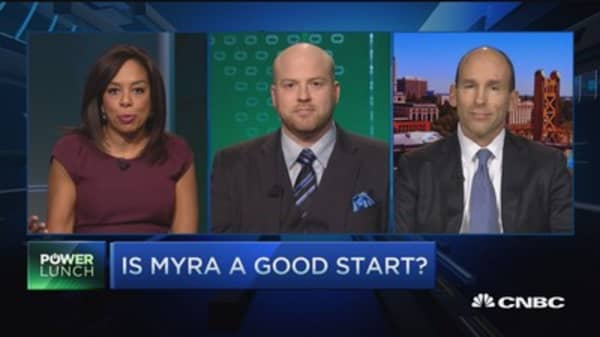Actually, 401(k) plans aren't a bad way to go — that is, if you are fortunate enough to work for a company that offers a low-cost plan, along with the aforementioned match. You are able to sock away as much as $18,000 tax-free per year if you are under age 50, and up to $24,000 (they call this a "catch-up") a year if you are 50 or older.
But what happens if your employer doesn't offer a 401(k)? Your only "viable" option is to use an IRA, which limits you to just $5,500 (plus another $1,000 if you are 50 or older). A better way would be to allow all Americans, regardless of their employer, to choose the retirement savings vehicles they believe is in their best interests.
What if the playing field were leveled so that each individual could contribute the same amount toward their retirement, regardless of where they work? What if the numerous retirement plans were replaced with one simple, easy-to-understand plan that was available to everyone? How about an IRA, for instance, that has the same limits as a 401(k) plan?






